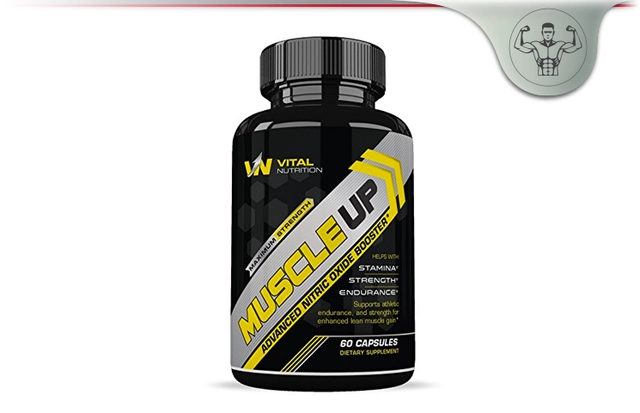Diclofenac Sodium: What It Does and How to Use It Safely
Diclofenac sodium is a nonsteroidal anti-inflammatory drug (NSAID) used to reduce pain and inflammation. People take it for arthritis, sprains, menstrual cramps, and short-term pain after surgery or injury. It works by blocking chemicals in your body that trigger inflammation and pain.
You can find diclofenac as oral tablets, extended-release pills, topical gels, and topical patches. The topical forms work mostly at the application site and often cause fewer stomach problems than pills. Oral tablets reach the whole body and are better for widespread inflammation but carry higher risks for the heart and gut.
How much to take depends on the form and your condition. Common oral doses range from 50 mg two or three times daily to 100 mg once daily for extended-release versions. Topical gels are usually applied two to four times a day to the painful area. Always follow your doctor’s prescription or the label—don’t guess on the dose.
Know the side effects. Common ones include stomach pain, heartburn, dizziness, and skin irritation with topical use. More serious risks are gastrointestinal bleeding, high blood pressure, heart attack, and stroke, especially with long-term use or at high doses. If you notice bloody stools, chest pain, sudden weakness, or severe stomach pain, seek medical help right away.
Before using diclofenac sodium, check for warnings. Tell your doctor if you have heart disease, high blood pressure, a history of ulcers, kidney or liver problems, or if you are pregnant. Women in late pregnancy should avoid all NSAIDs because they can harm the baby’s heart and circulation. Also avoid combining diclofenac with other NSAIDs like ibuprofen unless a doctor says it’s OK.
Drug interactions matter. Anticoagulants such as warfarin raise bleeding risk when combined with diclofenac. Certain blood pressure medicines, some antidepressants, and methotrexate can interact and increase side effects. Ask your pharmacist about every medicine, supplement, or herb you take.
If you use diclofenac, follow these tips: take the lowest effective dose for the shortest time needed; take oral doses with food to reduce stomach upset; avoid alcohol which increases bleeding risk; and test topical gel on a small skin patch before regular use.
When to call a doctor: new shortness of breath, chest pain, sudden numbness, severe stomach pain, vomiting blood, or signs of an allergic reaction like swelling or hives.
Store diclofenac at room temperature, away from moisture and heat. Keep out of reach of children. If you’re unsure whether diclofenac sodium is right for you, ask a healthcare professional for a clear recommendation based on your health history.
Topical vs oral quick guide
Choose topical diclofenac when pain is local and you want lower stomach risk. Use oral tablets when pain is widespread or inflammation is deep, and your doctor has checked your heart and stomach health. If cost or availability is an issue, ask your pharmacist about generic diclofenac sodium—generics work the same and cost less.
Track how long you use it and any side effects.

Gout pain is brutal— burning, throbbing, and often waking you in the middle of the night. Diclofenac sodium is one NSAID doctors hand out for relief, but how well does it really work? This article breaks down how diclofenac targets pain and swelling in gout, what you should watch out for, and how to use it safely. You'll also find handy tips for better results and advice on talking to your doctor about using diclofenac when gout flares happen.
Continue Reading




